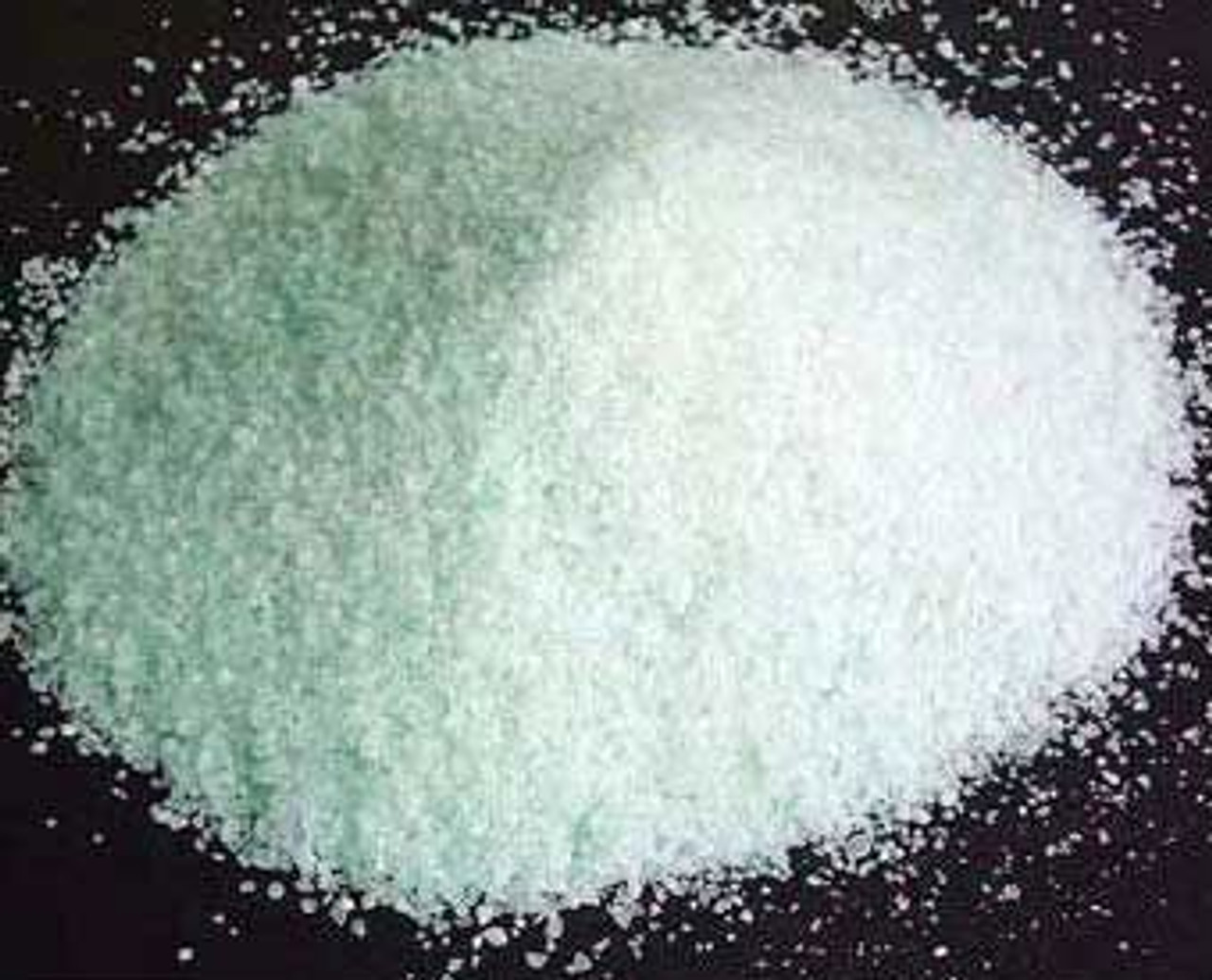Background and Chemical Properties
Barium Chloride is an inorganic salt that’s used commonly in industry as a water softener and as a test for sulfate ions.
It has great flexibility as a reaction partner in the manufacturing of pigments, dyes, polymers, and steel.
However, it poses a health and environmental hazard to humans if handled incorrectly.
Continue reading this article to learn about the potential threat this chemical poses to human health and the ecosystem.
Overview of Characteristics
Chemical Structure and Formula
All of this information and more is available in our previous articles on Barium Chloride:
Cl-Ba-Cl
Barium Chloride is highly toxic and alkaline, has a molecular weight of 208.23 g/mol, and a density of 3.86 g/cm3.
It is hygroscopic and has no color or odor, but it produces a green flame when burned.
Common Reaction Partners:
- Oxygen
- Sulfate
- Water
- Carbon and Sulfur compounds
Common Applications:
- Steel hardening
- Polymer stabilization
- Sulfate ion testing
- Production of dyes and pigments
- Purifying wastewater
Impacts of Barium Chloride on the Environment
This salt is commonly used for water softening by the transportation industry in order to prevent rusting and deterioration of important structures.
However, as it is highly toxic, this can result in barium leaching into the environment and posing a threat to the health of people and ecosystems.
The good news is that Barium Chloride does not maintain a lasting threat because of its solubility in water. It can easily be diluted to the point of safety.
There are food and water sources in regions of the USA that contain levels of Barium that exceed the levels considered safe by the Environmental Protection Agency (EPA).
So far, there are no documented incidents reported involving routine environmental exposure.
Common Ways Exposure Occurs
Barium poisoning is most common among individuals who live or work near waste disposal sites.
Common routes of exposure include accidental ingestion and inhalation of contaminated soil and dust.
Contaminated water supplies may also occur near waste disposal sites and lead to long term consumption of toxic levels of the substance.
Potential side effects of poisoning include muscle spasms, heart arrhythmias, gastrointestinal issues, muscle injury, paralysis, and even death.
Sites that are considered a serious threat to human health have been placed on a National Priorities List by the EPA and are scheduled to be cleaned up.
Examples of Barium Poisoning
Documented cases of accidental poisoning are rare. Most case studies involving toxicity are from intentional ingestion of the metal.
Although, a few cases of inhalation by workers at waste sites have been reported.
The Threat of Barium Poisoning in Natural Ecosystems
The chloride salt of Barium is soluble in water and reacts with sulfate ions found in natural bodies of water.
For this reason, it is usually harmless at the levels found in water and poses virtually no threat to stream or marine wildlife
Approved Levels of Exposure
Water < 2.0 mg / L
Air < 0.5 mg / m3 for up to eight hours
Air and water normally contain a small concentration of the metal at a rate of about 0.0015 parts per billion and 0.030 parts per million, respectively.
Higher concentrations are found in certain regions of the USA and have not been found to have ill effects on health.
Handling and Safety
This salt is highly toxic when handled incorrectly.
It poses a threat to human and animal health when ingested, inhaled, or in contact with eyes and skin.
This compound is an environmental toxin and should be disposed of in designated chemical waste containers.
All spills should be considered emergency situations. Contaminated items should be placed in a sealed bag. Contaminated clothes must be removed immediately.
Medical treatment should be sought in case of ingestion, inhalation, or contact with the body.
Extended information on the hazards of this compound can be found here on the CAMEO website.
Proper Disposal of Chemicals
Any waste containing more than 0.2% Barium is considered hazardous. Despite the alleged safety of Barium in water, never dispose of it down the sink.
Dispose of all waste in a chemical waste bin and have it managed by a chemical disposal service.
Stellar Makes Shopping for Chemicals Safer
Stellar Scientific is committed to helping you find what you need for your lab. We cover more than just the basics.
We carry a plethora of ACS grade chemical supplies, all right at your fingertips with our online catalog.
Come see our top-quality crystalline Barium Chloride and decide if it’s what you need for your chemistry bench.
Not finding what you need there? Don’t hesitate to reach out through our contact us page. We’re happy to help with any questions you might have.
Footnotes:
_________________________
- “Barium.” Centers for Disease Control and Prevention, Centers for Disease Control and Prevention, 18 Sept. 2020, wwwn.cdc.gov/TSP/PHS/PHS.aspx?phsid=325&toxid=57.
- “TOXICOLOGICAL PROFILE FOR BARIUM AND BARIUM COMPOUNDS.” Agency for Toxic Substances and Disease Registry Division of Toxicology and Environmental Medicine .
- “Barium Chloride.” National Center for Biotechnology Information. PubChem Compound Database, U.S. National Library of Medicine, pubchem.ncbi.nlm.nih.gov/compound/Barium-chloride. Accessed 20 June 2024.
- NOAA Office of Response and Restoration, US GOV. “Search Chemicals.” NOAA, cameochemicals.noaa.gov/chemical/19846. Accessed 6 June 2024.
- Neff, Jeffrey M, et al. “Barium in Produced Water: Fate and Effects on the Environment.” Louisiana Government, Health and Environmental Sciences Department, 1995.


